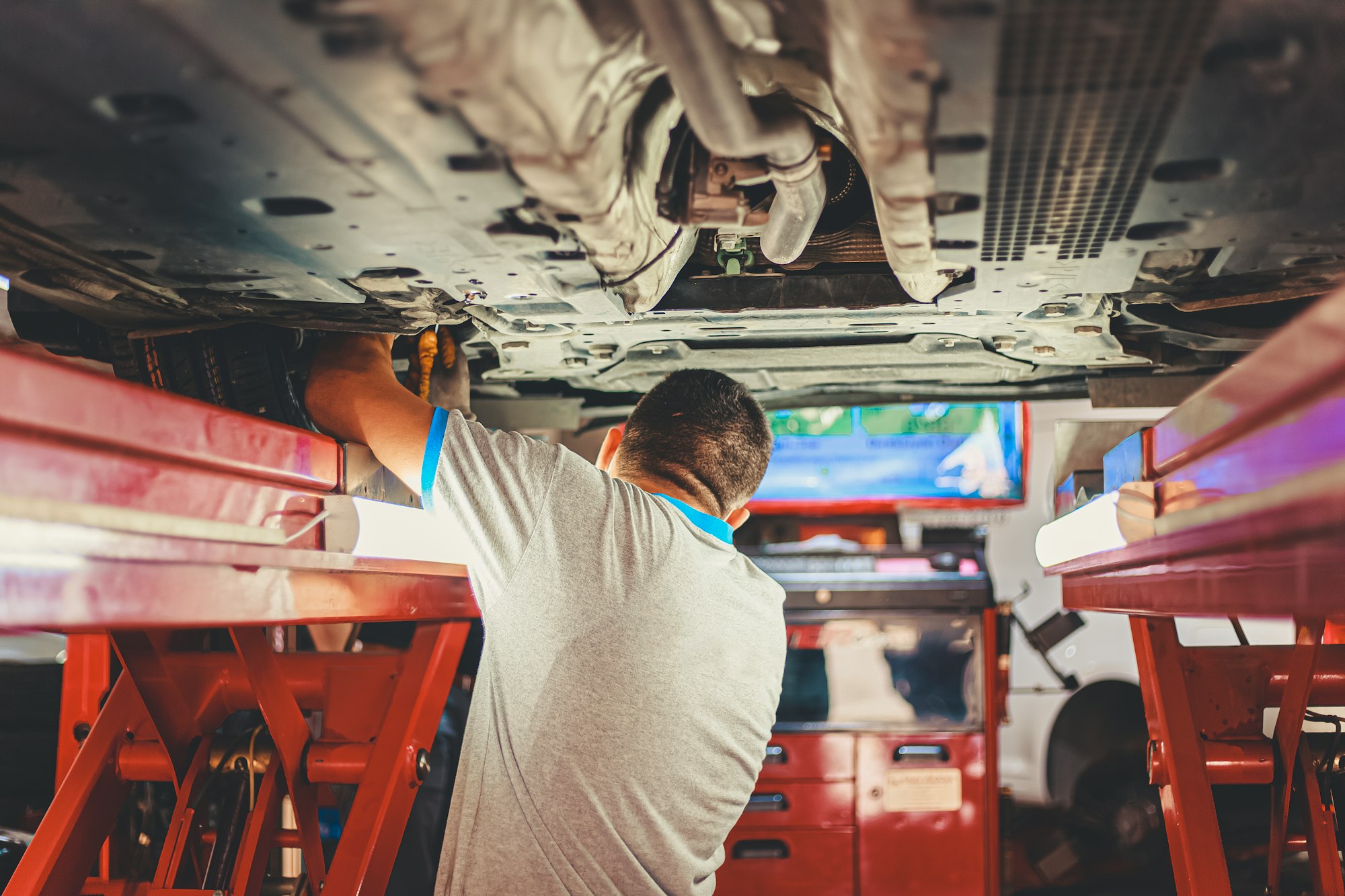EVs Could Shutter The Auto Maintenance And Service Sectors.
The transportation industry is moving from combustion to electric power this might shutter the maintenance and service sector. With…


The transportation industry is moving from combustion to electric power this might shutter the maintenance and service sector. With one-fifth the number of powertrain parts and almost total elimination of oil, the typical automotive dealer will suffer 35% declines in maintenance and service revenue, or roughly $1,300, for an EV versus an internal combustion engine vehicle over a five-year period.
The major maintenance items for a combustion car is oil and brakes, with an estimation of 24% of oil and 5% of brakes. This can, however, be reduced once we go EV.
Why are brakes impacted? EVs often use a process called regenerative braking, which slows vehicles down while also saving energy. The reduced wear on pads and rotors is striking: some Toyota Priuses are still operating on their first set of brake pads after more than 100,000 miles of use, whereas you’d normally assume pads would be replaced after about 30,000 miles.

Electric vehicles also have more demanding cooling needs. They need to be incredibly efficient when cooling the cabin, careful not to impact vehicle range. The first line of defense against these thermal losses are more efficient glass structures and materials. Coupled with the increasing trend of larger windshields and moonroofs — note Tesla’s Model X panoramic glass costs $2,300 to replace — we’re entering an era of big, beautiful and expensive visibility.
Visibility is one of the most exciting areas for innovation and investment. For companies that supply the visibility, parts are making huge profits equal to the chemical companies that sell consumables like washer fluids. Technology is likely to drive down the profits of those traditional areas — consider how a thin film or hard coating might mean fewer sprays of fluid and fewer passes of a wiper blade — but will increase overall the total amount of profit potential across the whole vehicle.
This is due to the far greater surface area we now consider to be the domain of visibility — what used to only mean the windshield and headlights will soon mean dozens of sensors and surfaces that require clear, machine-verified visibility.
The other significant growth lever for tires is the secondary effect of the powertrain: EVs consume tires at a much higher rate than internal combustion vehicles. They’re heavier and create near-instant torque off the line. You don’t need to hunt for long to find a Tesla owner who’s replaced their tires after a mere 10,000 miles. Zohr a tire company is on-demand for tire replacement service, sees its EV customers coming back for tire replacements 30% more frequently than traditional internal combustion vehicle owners. While EVs have less of a need to visit a service shop, they’ll need tire replacement more often.
Keeping a tire optimally inflated reduces heating and flexing in the sidewall, a primary cause for blowouts. This prevents severe accidents, expensive road service calls and fines for late delivery.




